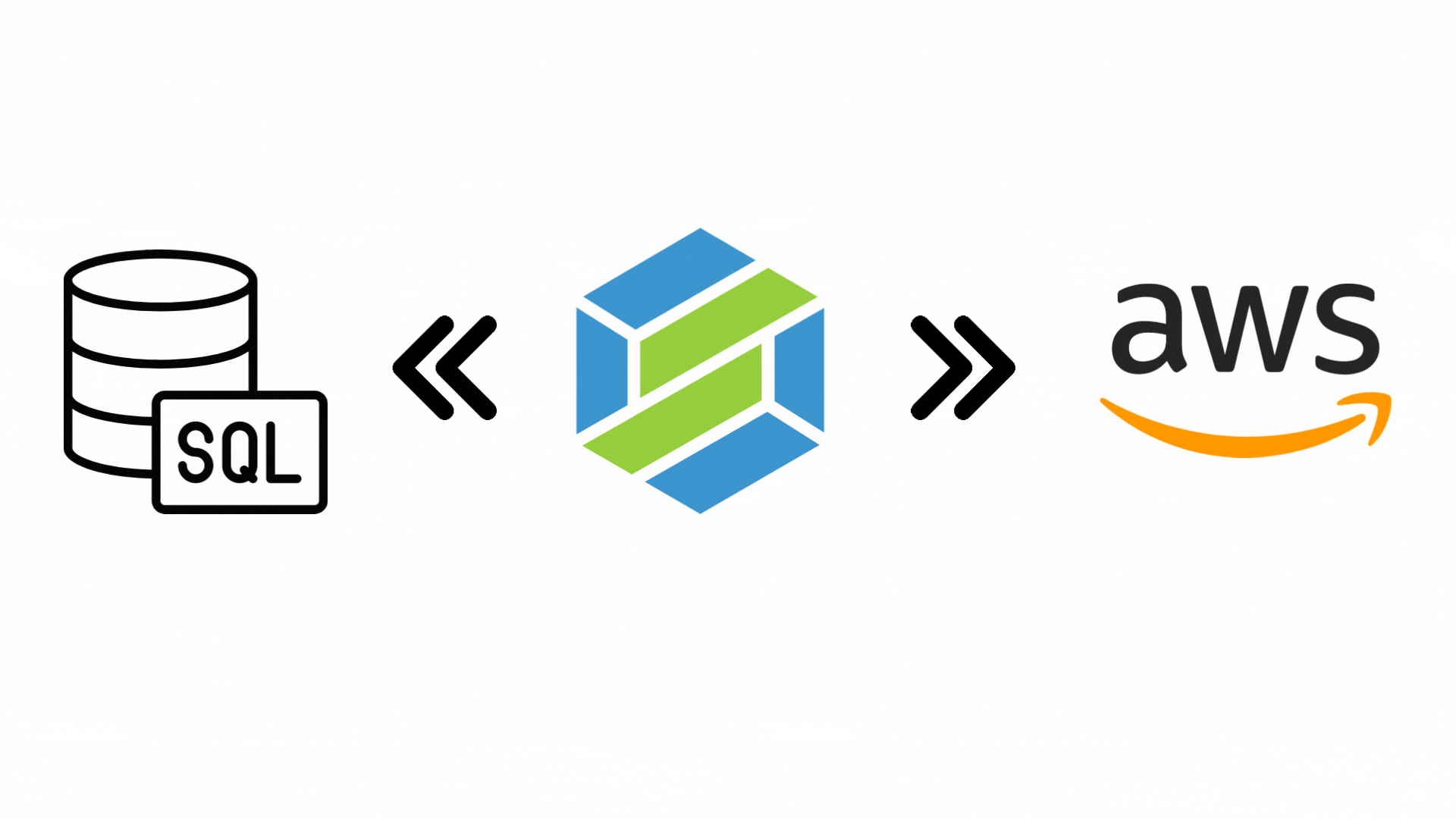
Hi readers, I just came to share a short story (actually a fact) that I learned recently with you that might not be new to you! The Elastic Load balancer is one of the typical services of AWS that you usually have a case that needs it. It is the same here and we are using ALB (Application Load Balancer) and NLB (Network Load Balancer) in our services. But I noticed a fact about AWS NLB that changed my assumptions. NLB does pass through the TCP connections to the targets, so it is transparent!

Session Description Protocol (SDP) is a communication protocol used for describing multimedia sessions between two or more endpoints. SDP provides a standardized way of describing the parameters of a multimedia session, including IPs, ports, codecs and the bandwidth requirements for each media stream. In this blog post, we’ll discuss the SDP bandwidth attributes and how they are used to specify the bandwidth requirements for media streams.

MTU (Maximum Transmission Unit) is a critical networking parameter that defines the maximum size of a network packet that can be transmitted over a network interface. In general, larger MTUs can result in higher network performance by reducing the number of packets required to transmit a given amount of data. However, when network packets exceed the MTU of the underlying network infrastructure, they must be fragmented into smaller packets before transmission.

Objects in (the) Wireshark are not same as they appear
It is usual in the software teams, without regular code review sessions, that someone leaves the group and, over time that other services are ready to test, something doesn’t work after deployment.

I discovered an interesting open-source project today that has an entirely different approach from mine. Honestly, I couldn’t get along with it yet, but it might be in the near future I use it.
Do you have any ideas about creating your own AWS infrastructure, such as EC2s, ECS or etc. via PostgreSQL queries? This is the main idea of this open-source project: IaSQL.




